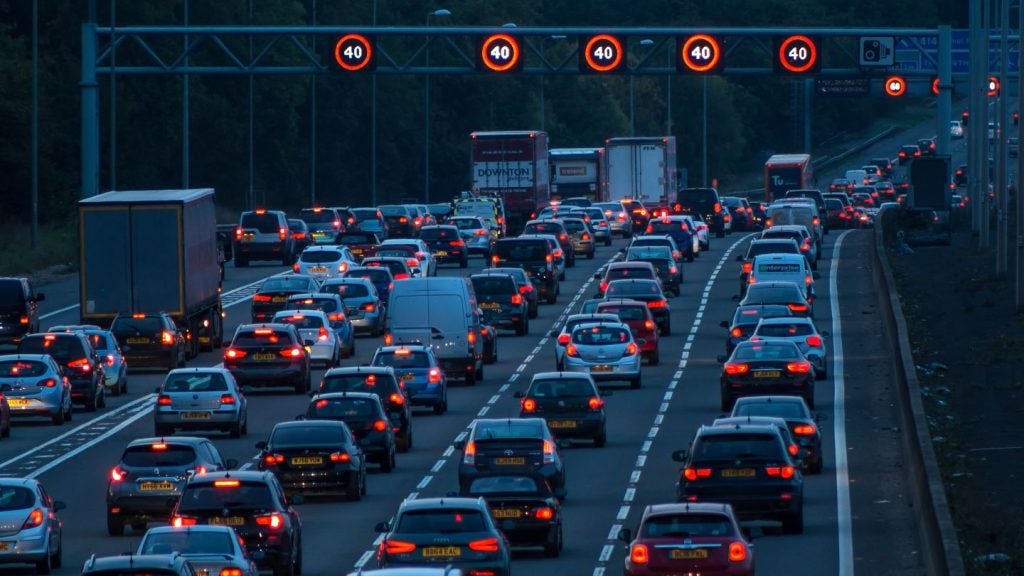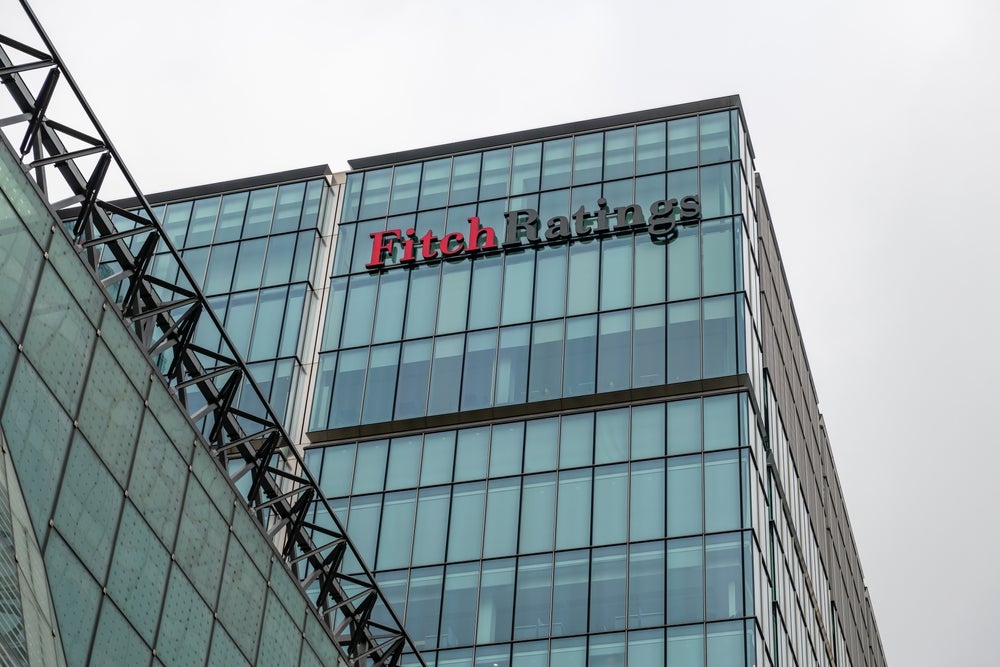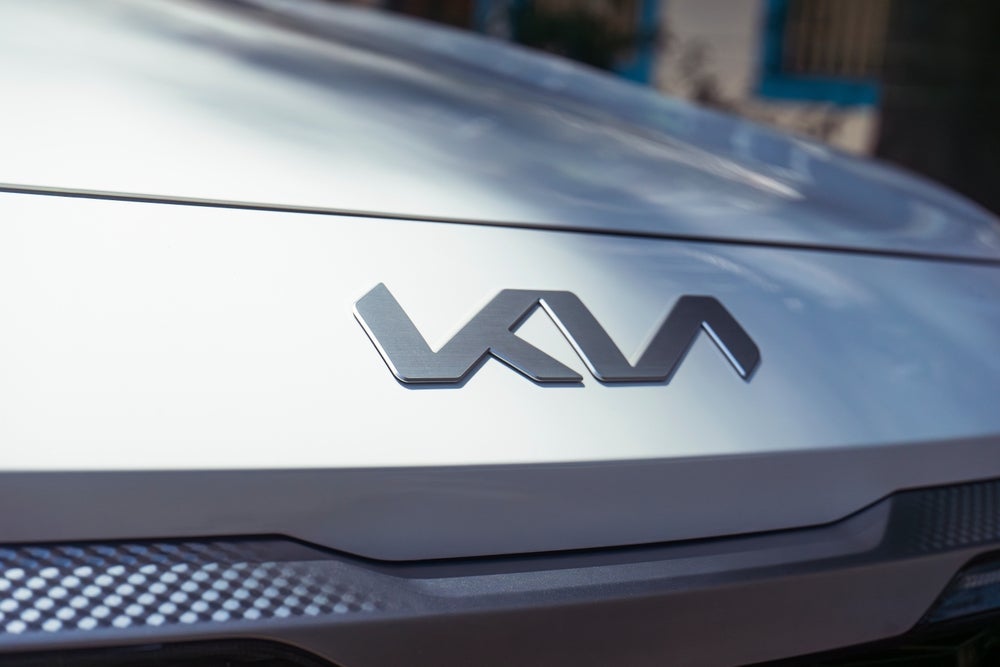
For the period from July to September last year, private fully comprehensive car insurance premiums rose 29% to £561. According to the Association of British Insurers (ABI), this is the highest premium on record. But this is only part of the picture. Data from industry analyst Consumer Intelligence shows that premiums rose even faster than that, rising by 61% in the year between August 2022 and August 2023, while the Financial Ombudsman Service has noted that motor insurance complaints reached a five-year high between April and June last year.
Inflation has finally begun to fall, but we have yet to see that reflected in the cost of car insurance, and this is creating challenges for consumers and dealers alike. The situation has reached the point where some models are virtually uninsurable.
“Car insurance premiums have been increasing for some time, our own price index for car insurance revealed that the cost of car insurance had risen by 35% between Q2 2022 and Q4 2023, and that the average price of car insurance was £465,” said Tom Banks, Car Spokesperson for Go.Compare.
“While Go.Compare figures for 2024 show that the average price of car insurance has dropped to £447, many people are still paying higher premiums than a few years ago. These escalating costs have been widely attributed to the rising costs of replacements and repairs, as well as inflation.”
James Finucane, Swiss Re Institute‘s Senior Economist and lead author of the Economic Insight report, argues that these rising prices are partly due to higher costs for the insurers themselves.
“The rise in car insurance prices is a lagged response to the inflation surge that affected car prices and repair costs,” he tells us. “Inflation filtered through into insurance claims costs and caused a big jump in car insurers’ underwriting losses. Price rises today reflect insurers’ attempts to repair results and return to normal profit levels.”
Confused.com car insurance’s motor insurance expert, Louise Thomas, agrees that insurers are seeing more costs, but also points to other contributing factors.
“It’s mainly because claims are costing insurers significantly more to cover. This is down to the fact that inflation is affecting the cost of parts and labour,” Thomas says. “Not only this, but technology in cars is also becoming more advanced, which is more costly and time-consuming to repair or replace. With more cars on the road now compared to during the pandemic, the risk of accidents and claims is also higher. Which means insurers are having to pay out for more incidents.”
With all of these factors combined, the next question is whether we are experiencing a temporary spike in prices, or whether this is only the beginning of a longer-term trend.
Go.Compare’s Banks says that a fall in prices is unlikely, but says they may at least be starting to stabilise.
“While we can’t predict the future of pricing, it’s unlikely that the landscape will change overnight and it may be a while before we see premiums decreasing. It’s good news to see that, according to the ABI, these increases are stabilising, and it shows that the industry is working hard to keep the costs down for consumers – only time will tell if this can continue or whether we will see premiums increase again,” he says. “This is why it’s so important for motorists to shop around at renewal as the price of premiums can fluctuate meaning the company that provided the cheapest quote one year may not be the cheapest 12 months later.”
Finucane makes a similar forecast for prices in the insurance sector.
“We expect car insurance prices to start stabilising now that used car prices are declining and repair costs are likely to decelerate,” he says. “This will slow the increase in claims costs. As profitability is restored, competition will contribute to lower price gains.”
Others still argue that this is not enough.
“While it’s encouraging to see the price of premiums steadying, they still remain eye-wateringly high and prohibitively expensive for many drivers. It won’t be lost on motorists that premiums increased by a quarter in 2023 compared to 2022,” Rocio Concha, Which? Director of Policy and Advocacy, has said.
Price-controlled
While the price rises have affected all customers, they have not affected all consumers in the same way. Car insurance premiums have been particularly severe for drivers younger than 25 years old.
“There are a whole range of factors insurers take into consideration when calculating the price of your car insurance including the policy type, a driver’s age, where they live and their driving history,” says Banks. “Premiums can also be determined by someone’s occupation and their location.”
A “range of factors” is a phrase repeated by many in the insurance industry when asked exactly where the price of insurance comes from, although age, occupation, the make of the car and the consumers’ claims history are the ones most frequently referred to. But as we move into the age of big data, insurers have more than ever to draw from in making pricing decisions.
“Insurance decisions are mostly based on risk data. Usually, an insurer looks at the factors to determine how much risk a driver poses,” says Thomas. “But different insurers may specialise in different rating factors. This is where specialist insurers for modified or classic cars come into play.”
Ultimately, it all comes down to how likely the insurer believes it is to pay out on any given policy. The cost of claims is the main factor cited by Finucane in the cost of insurance.
“This includes frequency and severity,” Finucane points out. “In the past couple of years, the cost of replacing or repairing cars has been the main factor contributing to higher car insurance prices.”
Consumer responsibility
Much of the insurance industry’s emphasis is on what customers can do to bring down their own prices.
“A growing number of drivers want to take control of their costs and understand how their policy works,” says Sepi Arani, Commercial Director at Carwow.
This is why Go.Compare and Carwow has launched a strategic 12-month partnership to help inform customers on insurance-related matters. It is the first partnership of its kind in the new and used car marketplace and will crew a hub of useful information on the Carwow site with tips from Go.Compare in the Carwow newsletter. These guides will include Go.Compare information to help customers lower their insurance and figure out what can impact their quotes.
Thomas also points to the role that customers can play in controlling their own insurance prices.
“Despite the rising prices, it’s still worth shopping around, as even loyal customers are seeing their renewal price increase too,” Thomas points out. “Confused.com data shows that drivers who received their renewal between January and March 2024, three in four had a more expensive price compared to previous year, of around £94, on average. However, after receiving their price, almost half (45%) shopped around and switched insurers. They saved £90 compared to last year’s price, on average.”
Thomas’s recommendations for consumers looking to save money include paying for car insurance annually rather than monthly because insurance companies often charge interest for spreading the cost of coverage over the year. Of course, this is a money-saving measure that will not be available to the most cash-strapped consumers, as Concha has pointed out.
“To make matters worse, some who can’t afford to pay for their annual cover all in one go are being stung with interest on monthly repayments of up to nearly 40 per cent, which can add hundreds of pounds onto the final bill,” she has commented.
Thomas also points out that consumers can increase their voluntary excess to get cheaper car insurance, but again, this makes it more expensive for consumers to make a claim. Enhanced security, making cars harder to steal, and so less at risk can also mean cheaper car insurance, whether by installing car alarms or immobilisers, or by parking it in a secure, well-lit car park, or a garage or a driveway at home.
She also argues that being accurate about mileage is important, but even here there is a needle to thread. The higher your mileage, the more you are on the road, the more likely you are to have an accident and make a claim. However, if the mileage is so low that you appear to be an infrequent driver, that can also be interpreted as a risk that will bring prices up.
One of the primary ways consumers are trying to keep their car insurance prices down is by protecting their no-claims bonus, but this means customers face the cost of minor damage from car park mishaps and stone chips as additional end-of-finance contract fees. The rising value of used cars has offset that to an extent, but recent months have seen used values fall. This all combines to see consumers have to choose between claiming off their insurance to repair damage or swallowing the cost of a lower part-exchange price and excess damage fees.
But while the outlook for consumers is not appealing in this situation, it creates challenges for dealers too.
Mike Edwards, Chief Sales and Marketing Officer at AutoProtect Group, points out, “In the current climate, dealers want to make it as easy for customers to buy a car and minimise any barriers. They would also like access to a part-exchange that they can retail quickly. Car condition is king, and dealers who offered SMART insurance as part of their purchase a few years ago are reaping the benefit. Minor damage was fixed, part-exchange value maximised, and NCB protected. It is why we are seeing forward-thinking dealers turn to SMART insurance in increasing numbers.”
However, Finucane argues that as inflation and costs stabilise market competition will begin to bring prices down.
“Competition will help stabilise car insurance prices once insurers start to earn their cost of capital,” Finucane says. “With inflation subsiding and premiums catching up to loss costs, we expect this will happen soon.”
Beyond inflation
However many in the industry are saying that the rising price of car insurance is down to more factors than inflation alone, and these are not issues which will simply go away.
“The increasing price of premiums is an ongoing issue for the insurance industry – insurers are trying to remain competitive where possible, but with spiralling repair costs and inflation still a challenge, it’s created a pinch-point where some insurers are reporting underwriting losses,” Banks says. “The hope is that we will see these costs stabilise in the near future and the policyholder will start to see their premiums come down.”
The entire motor transport sector is transforming right now, from fuel sources to gadgets like satnav, and all of these factors ripple back into the cost of insurance.
“Cars are becoming more complicated – and expensive – to fix,” says Finucane. “The technologies that are prevalent in new vehicles raise costs for drivers and insurers. For example, the sensors that make up Advanced Driver Assistance Systems (ADAS) make cars safer but also increase repair costs, even after minor incidents.”
Finucane also points out that the transition from internal combustion engine cars toward electric vehicles changes risk profiles. EVs have higher accident probabilities due largely to their acceleration speed. EVs also have higher average repair costs due to different manufacturing processes, and EVs can be harder to repair since they are highly integrated.
“Now more than ever, with the rise of electrification, new brands on sale and the continued desire from consumers to get the best product for their specific needs, getting the right level of cover from the right provider at the best price is key,” Carwow’s Arani says.
Cars themselves are changing, and that means the risks insurance providers need to judge are changing as well.
Which?’s Concha has argued that, in the face of these challenges, more regulatory guidance is needed, particularly in the face of the difference between monthly and annual payments.
In a statement, she said, “The regulator needs to get a grip of the issue quickly by making clear that insurers squeezing customers paying monthly with excessive interest rates to make higher profit margins than those paying annually does not meet fair value requirements, and setting deadlines for firms to fix this.”
Car insurance premiums expected to stabilise: Swiss Re
UK motor insurance premiums rise marginally in Q1 2024
Rising motor insurance costs in UK sparks flurry of complaints, says FCA
‘Driver safety technology education could save lives’ – Arval
ECARX delivers autonomous driving ADAS platform to global car manufacturers







